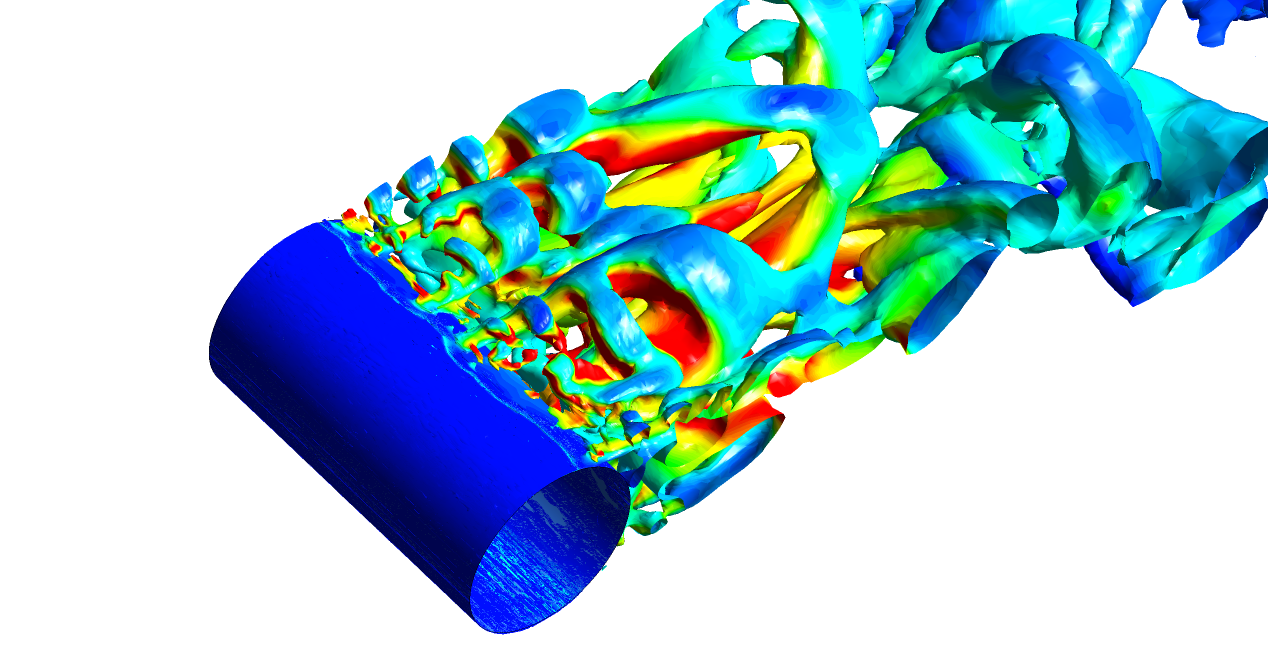The Reynolds number (Re) is the single most important non-dimensional number in fluid dynamics and is recommended to be calculated before you begin any new CFD modelling project. The Reynolds Number is defined as the dimensionless ratio of the inertial forces to viscous forces and quantifies their relevance for the prescribed flow condition: Where U∞ and L are the characteristic velocity and length scale of the problem, ρ is the fluid density and μ is the dynamic viscosity. The use of the Reynolds number frequently arises when performing a dimensional analysis and is known as Reynolds principle of similarity. For example, air flow of U∞ = 1 [m/s] over a flat plate of L = 1 [m] will exhibit the same flow pattern as air...
Archives
Tips & Tricks: How to interpret results for multiphase & porous domains using true velocity and superficial velocity
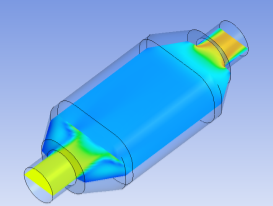
A commonly asked question is: What is Superficial Velocity and when do I use it? If a fluid flows through a region that is occupied by either fixed structures (a porous region, pipe rack, catalyst bed, etc...), or shares the channel with other fluids (e.g. gas-liquid flow), there are two ways to describe the fluid velocity. The first is to use the "True Velocity" which is the actual velocity of the fluid particles. This velocity will vary with location in the porous matrix. This is the velocity you would measure experimentally if you focused on a small region of fluid. The second is the "Superficial Velocity", which is the velocity the fluid would have if it were flowing through the same domain without any...
(Part 2) 10 Useful Tips on selecting the most appropriate multiphase flow CFD models
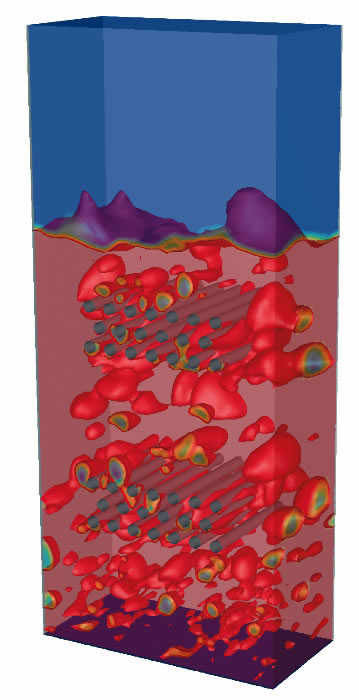
As we discussed in our previous post, the first step when tackling a multiphase CFD problem is to identify the key characteristics of your physical system. Once you've done this (using our checklist if you are still new to multiphase CFD), you can begin to make informed decisions on what multiphase modelling approaches to use. We've compiled the following guidelines based on the decades of experience that LEAP has developed while helping customers in Australia and New Zealand to solve multiphase CFD problems, particularly companies and researchers in the minerals, process and energy industries: [1] If your problem involves a distinct free surface between two fluids (typically liquids), then the "Free surface" model in CFX or "Volume of Fluid / VOF" model in Fluent...
10 questions to ask yourself when tackling your first (or a new) Multiphase CFD project
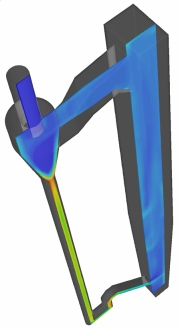
By virtue of the many physical processes we are often attempting to simulate in a virtual environment, CFD can be a complex beast. To accurately account for all real-world behaviour, the CFD engineer must consider the applicability of a large number of physical effects, including complex turbulence, compressibility, various modes of heat transfer and, last but certainly not least, the interaction of multiple phases comprising liquid, gaseous and solid components. Even if you have mastered all of your geometry and meshing requirements, and undertaken many years of single-phase CFD simulations, it can still be a daunting task when you are asked to tackle your first multiphase CFD problem. Before you begin, we recommend that you ask yourself the following: [1] For each phase...
Webinar: Recent Advancements in Turbulence Modelling with Dr. Florian Menter
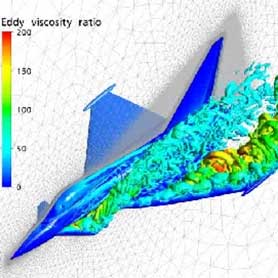
As part of the visit to Australia by Dr Florian Menter, world-recognised expert in turbulence modelling, LEAP Australia is pleased to announce a webinar to be held on Thursday Aug 30th at 11am AEST. This webinar will provide an overview of recent advancements in turbulence modelling and is being held for those customers unable to attend the Advanced Turbulence training courses in Sydney, Melbourne and Perth. More information on the training courses can be found here in a separate post. Who should attend? This webinar is suitable for all engineers, researchers & managers involved in performing CFD modelling of turbulent flows. ABOUT THE PRESENTER Dr. Menter is a world-recognised expert in turbulence modelling. He developed the widely used Shear-Stress Transport (SST) turbulence model, which has...
10 key points covered in our CFD Meshing Tips & Tricks webinar

A quick thanks to the large number of customers in Australia and New Zealand who attended our July webinar on ANSYS CFD Meshing Tips & Tricks. We've had many enquiries from people wanting to know more, so we thought we'd break the content down into the 10 key points below. If you want more information on any specific point, then please contact us directly or post a comment in the field at the bottom of the page. 10 key points to a successful CFD Meshing strategy (taken from the demonstration throughout LEAP's webinar on CFD Meshing Tips & Tricks): Firstly, decide what mesh connectivity your problem requires (conformal / non-conformal) and how this will affect the setup of your geometry - single part, multi-body parts or separate...
Tips & Tricks: Turbulence Part 2 - Wall Functions and Y+ requirements
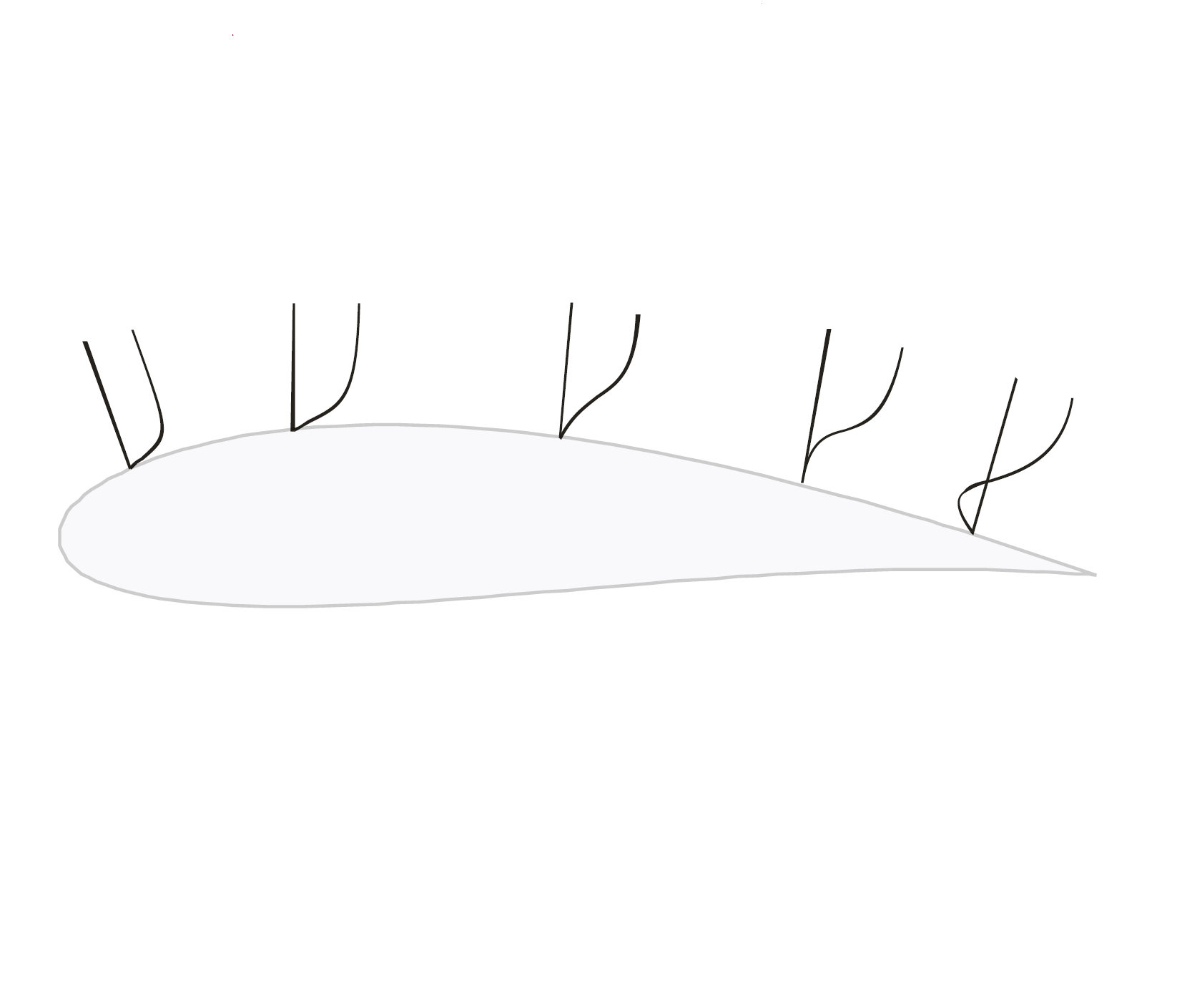
Tips & Tricks: Turbulence Part 1 - Introduction to Turbulence Modelling

We will now focus on Turbulence Modelling, which is a critical area for any engineer involved with industrial CFD. There are a number of different approaches so it is important that you have solid grounding in this area to enable you to choose the appropriate model for your simulation requirements. It is worth noting that in August 2012, LEAP will be hosting Dr. Florian Menter to run a series of Advanced Turbulence Training courses in Melbourne, Sydney and Perth. Dr. Menter is a world recognised expert in turbulence modelling, and more information on his visit to Australia can be found here. The ANSYS CFD Solvers solve the Navier Stokes and conservation equations, but as direct solutions are not possible to resolve for any flows of an industrial Reynolds...
Tips & Tricks: Convergence and Mesh Independence Study
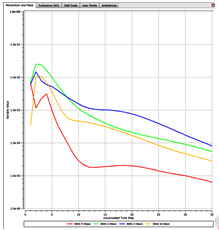
The previous posts have discussed the meshing requirements that we need to pay attention to for a valid result. It is important to remember that your solution is the numerical solution to the problem that you posed by defining your mesh and boundary conditions. The more accurate your mesh and boundary conditions, the more accurate your "converged" solution will be. CONVERGENCE Convergence is something that all CFD Engineers talk about, but we must remember that the way we generally define convergence (by looking at Residual values) is only a small part of ensuring that we have a valid solution. For a Steady State simulation we need to ensure that the solution satisfies the following three conditions: - Residual RMS Error values have reduced...
Tips & Tricks: Inflation Layer Meshing in ANSYS


